The Flats is the area of Los Angeles primarily bounded by the Los Angeles River, 101 Freeway, and the 6th Street Bridge.
ER posted this nice map about a month ago (thanks ER). The population center of the area is mostly located on the east side of the river.
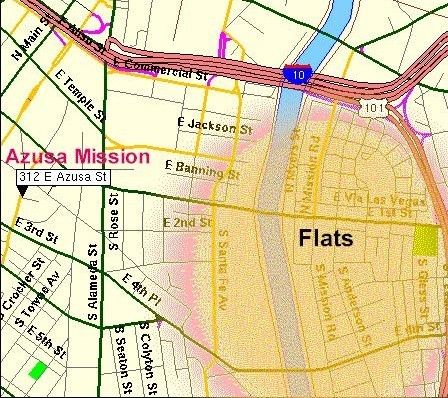
By the turn of the twentieth century, The Flats had already become an area where new immigrants moved to work at jobs near the river.
This area was the location of small industrial enterprises, livestock related businesses and the rail yards. These low wage workers lived
primarily in house courts, which usually included three or more habitations on one lot, with the unoccupied portion (and any utilities) shared by everyone.
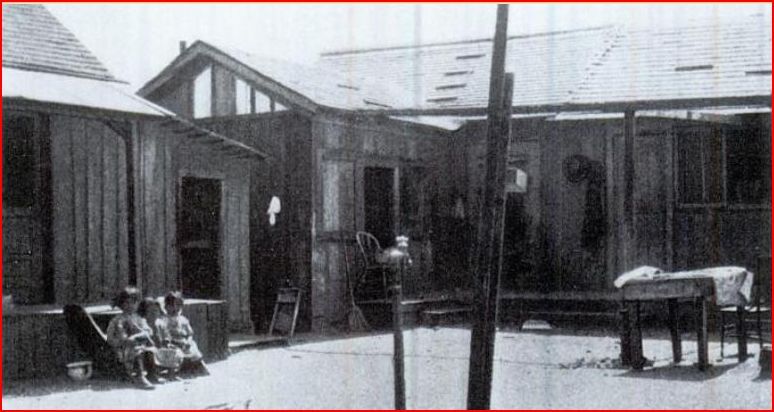
Fugitive Plans in the Provisional City, Slums and Public Housing in Los Angeles by Dana Cuff
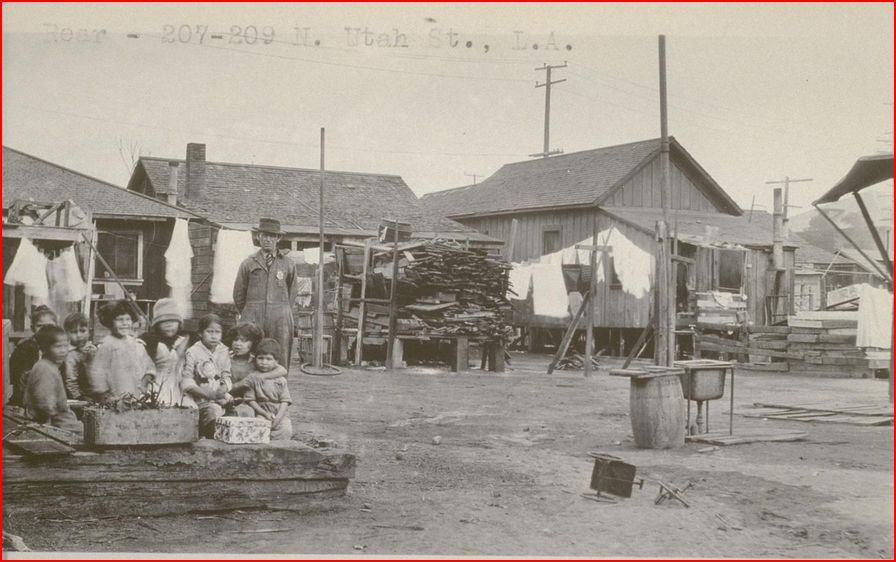 www.oac.cdlib.org
www.oac.cdlib.org
Naturally, this led to overcrowding and the city became concerned about the heath conditions in the area. The area had already been designated
as a slum, but the Los Angeles Housing Commission was still small and could only handle problems on a case-by-case basis. When the bubonic
plague crisis hit Los Angeles in 1924, it didn’t take long to get to The Flats.
 www.oac.cdlib.org
www.oac.cdlib.org
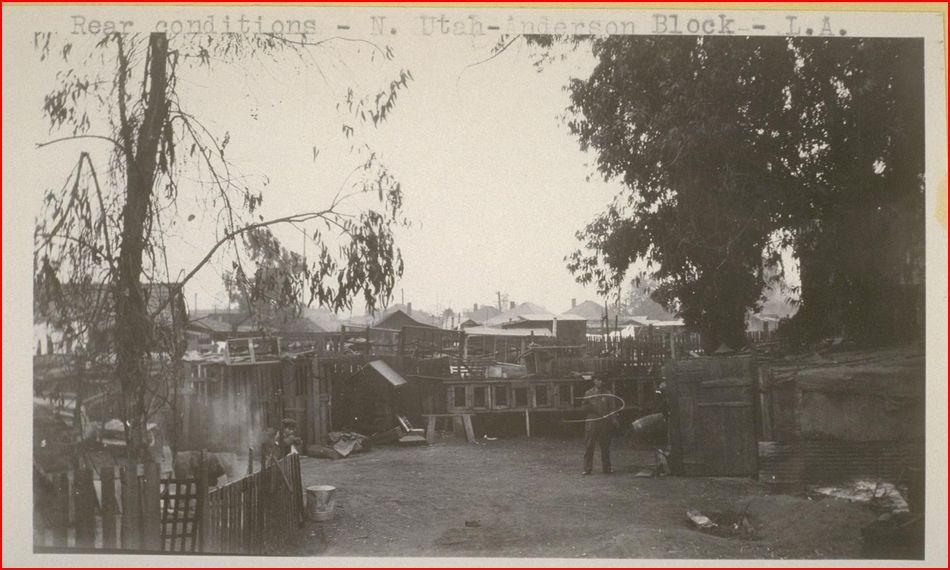 www.oac.cdlib.org
www.oac.cdlib.org
In 1934, Lloyd Wright (Frank Lloyd Wright's son) and a group of architects presented their plan for a public housing project in the area to the Public
Works Administration. Although that project fell through, Lloyd Wright and his group were back in 1940 with plans for Aliso Village, an eight hundred
unit apartment complex funded by the Federal Housing Act of 1937. By October of 1940, the city had sent out Charles Shattruck and his assistant
to locate and record houses to be torn down for the project.

Fugitive Plans in the Provisional City, Slums and Public Housing in Los Angeles by Dana Cuff

Fugitive Plans in the Provisional City, Slums and Public Housing in Los Angeles by Dana Cuff
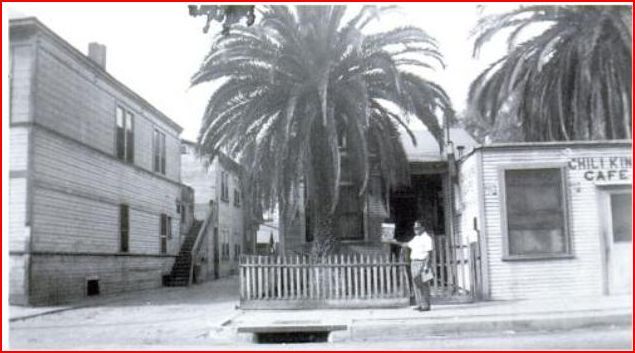
Fugitive Plans in the Provisional City, Slums and Public Housing in Los Angeles by Dana Cuff
Soon, the slums of The Flats were torn down…
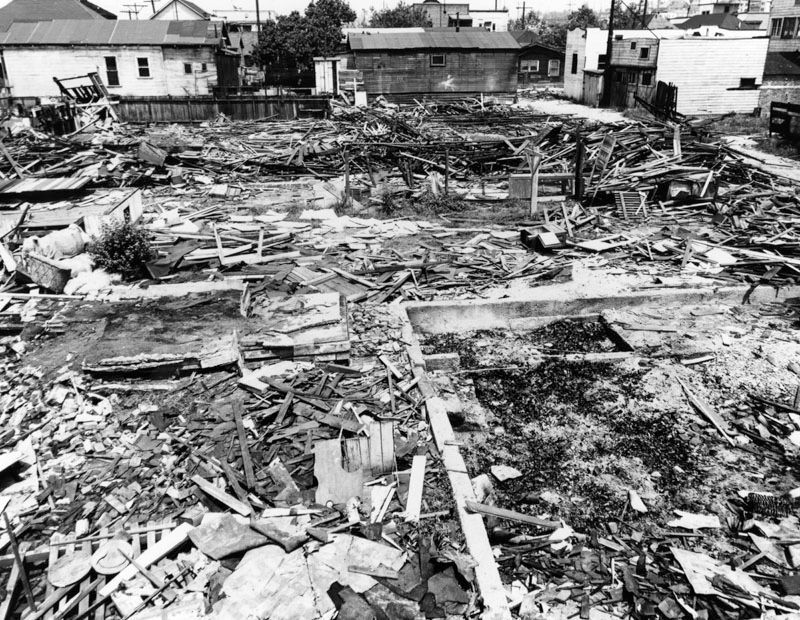
lapl

lapl
…and the new “Garden City Movement” project took their place.
(before)

Fugitive Plans in the Provisional City, Slums and Public Housing in Los Angeles by Dana Cuff
(after)
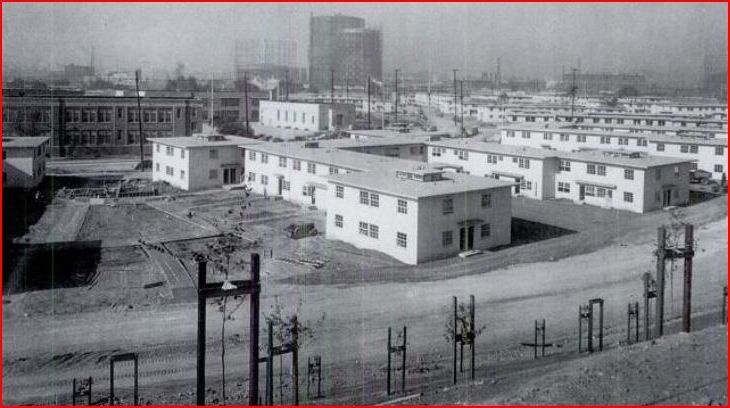
Fugitive Plans in the Provisional City, Slums and Public Housing in Los Angeles by Dana Cuff
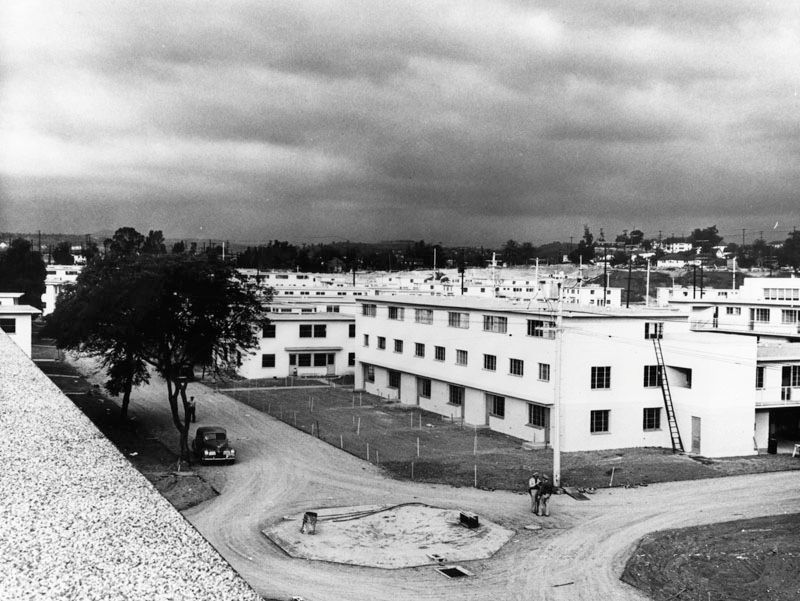
lapl
By 1942, Aliso Village was hailed as a success, and even became a model for integrated housing.
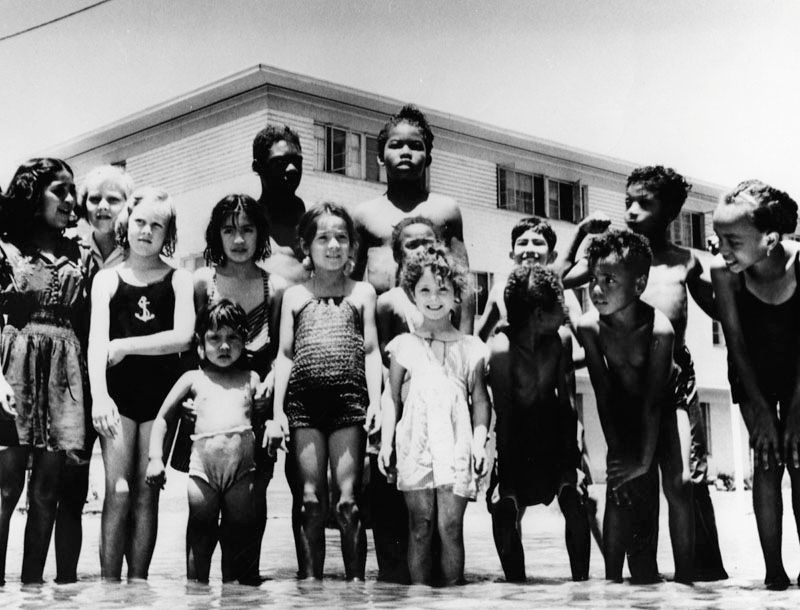
lapl
After the war ended, most of the non-Hispanic residents left and Aliso Village was populated primarily with new immigrants from Mexico.
Going forward to the 1980’s, the area was now plagued with a combination of deteriorating structures and gang violence. In 1996, the
Los Angeles Housing Authority wrote off Aliso Village and made plans to replace it with the “New Urbanist” project called Pueblo del Sol.
By around 2000, Aliso Village was gone.

Google Street View
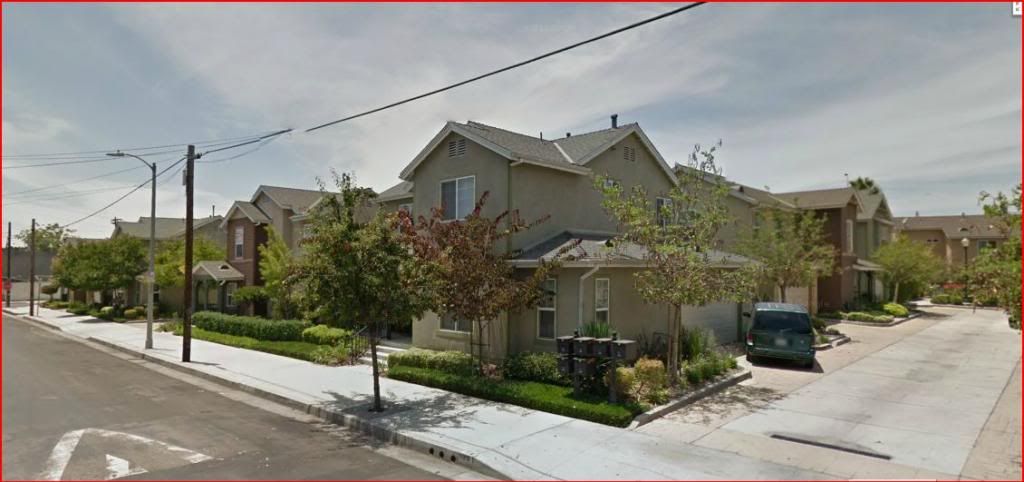
Google Street View
So, is everyone happy? No, the new project reduced the number of housing units in the area down to 377, exacerbating the city’s affordable housing shortage.